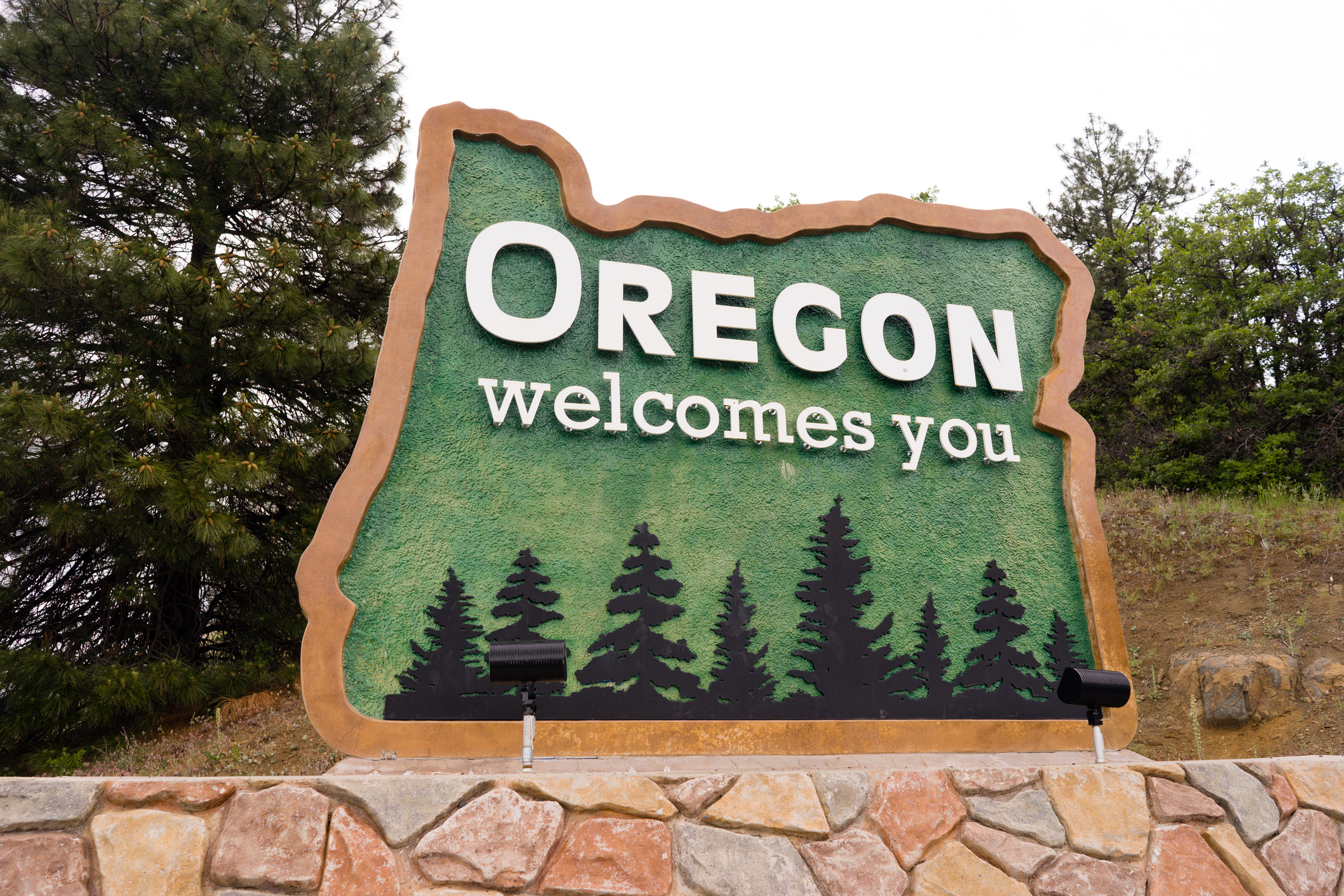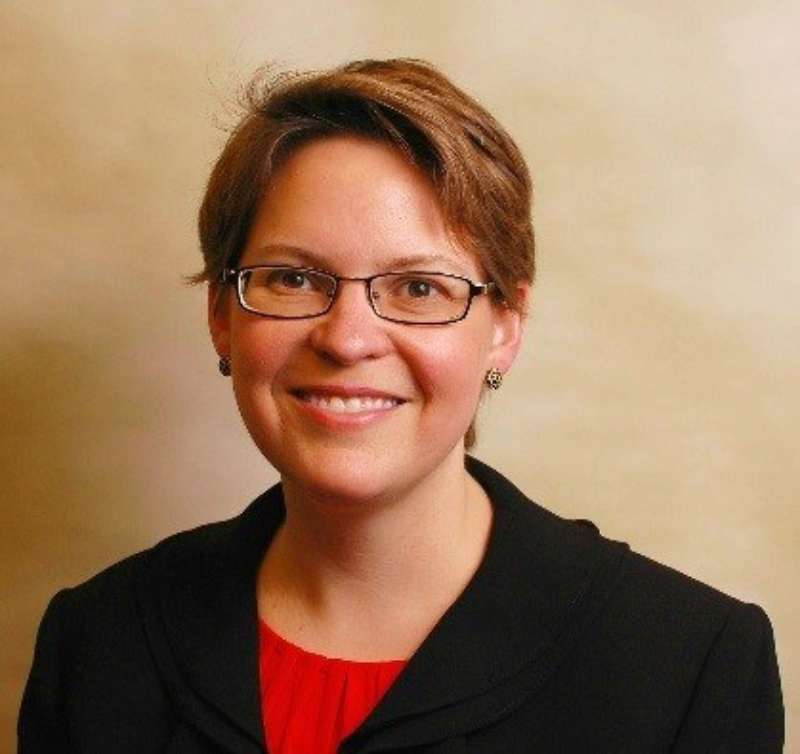In 2017 Oregon Governor Kate Brown took bold action by directing state agencies to chart a 10-year course towards greater energy efficiency in affordable housing to help remove the energy burden on low-income communities.
This initiative took flight under the direction of the Oregon Housing and Community Services, the Oregon Public Utility Commission and the Oregon Department of Energy, which created the newly released Ten-Year Plan: Reducing the Energy Burden in Oregon Affordable Housing.
Last summer, OHCS hired TRC to assist in the development of these two deliverables. As the Project Lead, I was given the opportunity to experience first-hand both the excitement and challenges of this initiative.
After almost 15 years working on low-income energy efficiency programs, this project allowed me to view this familiar topic through a new lens. Instead of designing a building-level incentive program, I was focused on the low-income population – the actual people living with energy challenges – and evaluating how efficiency could help to reduce their economic, health and housing burdens.
One of my first discoveries was an analysis of the energy burden gap of the low-income population in Oregon that showed the difference between a typical low-income household’s actual energy costs and an affordable energy cost (6 percent of the household’s income) is significant – and totaled $345 million statewide in 2017. (Nationwide, that gap is over $47 billion per year.) Despite my surprise at the size of this gap, I still wasn’t prepared for what we found next.

TRC worked with fellow data experts at Energy Trust of Oregon to determine the savings potential if maximum energy efficiency was achieved in all low-income units across the state – and what portion of this could be done cost-effectively. We discovered that energy efficiency technologies readily available to Oregon communities today could only reduce that gap by $168 million. And looking at only cost-effective energy efficiency measures, the reduction drops to $113 million, not even one-third of the overall gap.
This result was a revelation to me and many others involved in the project. While energy efficiency can significantly reduce the energy burden on low-income households, and simultaneously improve health and comfort, energy efficiency as we know it today cannot solve the problem single-handedly.
Making renewable energy more accessible to low-income households is one option that would provide consistent savings to the households, along with the societal benefit of reducing greenhouse gas emissions. And, there is still a place for traditional energy assistance programs such as the Low-Income Home Energy Assistance Program (LIHEAP) to provide emergency bill payment assistance to this vulnerable population.
There are other less-traditional financial options, such as reduced utility rates for low-income households, which are currently under consideration by the Oregon Public Utility Commission. Additionally, promising energy efficiency solutions on the horizon – such as the Passive House concept for low-energy new construction and Energiesprong for deep retrofits of existing housing stock – will likely be critical to expanding energy efficiency’s role in reducing this energy gap.
In the Oregon 10-year plan, we brought to light these challenges. We designed the plan to be a working document – in acknowledgement of the rapidly changing energy landscape – and made recommendations on the first steps that should be taken to orient the state toward a path of success. We identified areas of Oregon with the largest energy burden and the associated gaps in existing resources to reduce that burden through the new, interactive Affordable Housing Assessment. We identified the current technologies that would have the largest impact on reducing energy bills and recommended expanding and developing new programs to support those technologies.
Finally, the plan recognized that there much more to be done to understand and support energy solutions for the affordable housing market over the next decade. We recommended key strategies to inform the future development of the 10-year plan, like creating an energy burden task force and collecting and incorporating more targeted data – including the demographic data required to ensure an equitable distribution of programs. Additionally, we suggested the development of tools that can be used today to improve implementation of energy efficiency in low-income housing so that some savings can be achieved now.
Eliminating the energy burden on disadvantaged communities is not going to be achieved by any one solution. It is a huge undertaking that will require collaboration between many agencies, funding streams and stakeholders. The success of this plan relies on persistent attention and follow-through from stakeholders at all levels, and TRC is excited to continue work on this vital project to help improve the lives of the people of Oregon.



